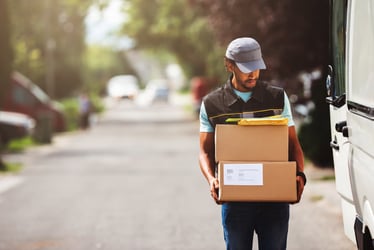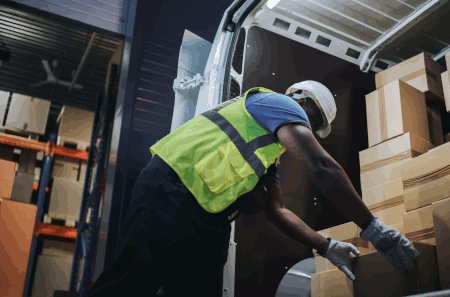Related Posts



You are about to leave Risk Strategies website and view the content of an external website.
You are leaving risk-strategies.com
By accessing this link, you will be leaving Risk Strategies website and entering a website hosted by another party. Please be advised that you will no longer be subject to, or under the protection of, the privacy and security policies of Risk Strategies website. We encourage you to read and evaluate the privacy and security policies of the site you are entering, which may be different than those of Risk Strategies.


The ripple effects of COVID-19 are still reverberating through the transportation industry. From top to bottom, the supply chain is being stretched thin by manufacturing disruptions and increased delivery demands. Production and manufacturing has slowed as factories were forced to shut down due to outbreaks, with knock-on effects that will take years to recover from. In the transportation industry, production delays in Asia-based factories making semiconductors required for cars and trucks has led to $210 billion dollars in lost revenue. Shipping container shortages, congestion at international ports and spiked shipping rates for select routes has led to a ripple of downstream challenges, with ramifications hitting last-mile delivery.
Demands and Challenges
Quarantines, stay-at-home orders and the standardization of the work-from-home lifestyle created an enormous delivery demand from customers. Items that in pre-pandemic circumstances would have been bought at a brick-and-mortar store were now being ordered online. In addition, customer expectations about quick delivery times ramped up, putting immense pressure on delivery services to meet them. The promise of two-day, and even same-day, delivery from Amazon and other industry leaders puts an immense strain on the entire supply chain, especially those in the last leg, in which Delivery Service Provider (DSP) drivers are pushed to their limits to make arrival estimates a reality.
Other challenges exacerbating this supply chain stress include:
The Upside for Delivery Businesses
The delivery industry has clearly been shaken by the pandemic, but a silver lining is that business in general is doing very well. While there is a strain on the individuals who keep the machine running, the sharp, sustained increase in delivery demands indicates that the delivery business will be booming for the foreseeable future.
Recommendations and Considerations
The pandemic has transformed online shopping habits and home delivery demands for the foreseeable future, with no signs of slowing down. While the last-mile delivery space continues to change due to supply chain disruption and heightened expectations, Risk Strategies’ Transportation Practice experts can help delivery companies navigate the change and offer smarter ways to manage the risks involved.
Want to learn more?
Find me on LinkedIn, here.
Connect with the Risk Strategies Transportation team at transportation@risk‐strategies.com.
Email me directly at bjungeberg@risk‐strategies.com.
The contents of this article are for general informational purposes only and Risk Strategies Company makes no representation or warranty of any kind, express or implied, regarding the accuracy or completeness of any information contained herein. Any recommendations contained herein are intended to provide insight based on currently available information for consideration and should be vetted against applicable legal and business needs before application to a specific client.


